When it comes to indulging in a delectable and nutritious snack, pistachios steal the spotlight. These green gems of the nut world not only make for a satisfying treat but also offer a plethora of health benefits. In this comprehensive guide, we delve into the fascinating world of pistachios in their freshest form, exploring their origins, nutritional profile, culinary uses, and much more. Whether you’re a culinary enthusiast, health-conscious individual, or simply a nut lover seeking to expand your palate, read on to discover the wonders of pistachios in fresh and how they can enrich your culinary experiences. Origins and Cultivation: Pistachios, scientifically known as Pistacia vera, have been cultivated for thousands of years, with their origins tracing back to the Middle East and Central Asia.
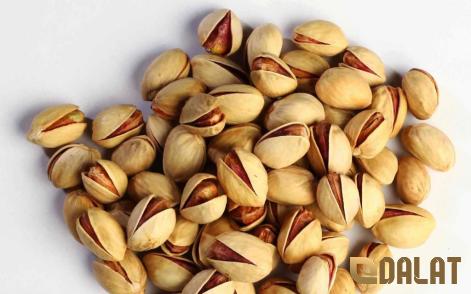
.
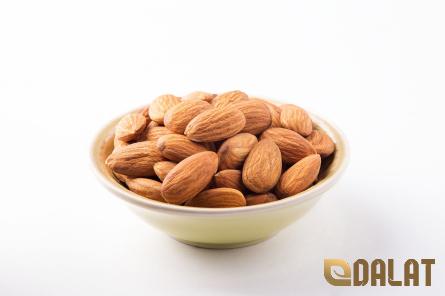 These small, green nuts grow on pistachio trees, which thrive in regions with arid climates and well-drained soil. Today, the top producers of pistachios include countries such as Iran, the United States, Turkey, and Syria. The cultivation process of pistachios is labor-intensive and requires careful attention to detail. The trees typically take several years to bear fruit, with the harvest season usually occurring in late summer to early fall. During the harvesting process, the outer hull of the pistachio fruit is removed to reveal the shell-encased nut within. The nuts are then dried, hulled, and sorted to ensure optimal quality before they make their way to consumers’ plates. Nutritional Benefits: Pistachios are not just a tasty snack; they are also packed with essential nutrients that offer a range of health benefits. These nutrient-dense nuts are a rich source of protein, healthy fats, fiber, vitamins, and minerals. One ounce (about 49 kernels) of pistachios provides approximately: – Calories: 159 – Protein: 6g – Fat: 13g (mostly heart-healthy monounsaturated and polyunsaturated fats) – Carbohydrates: 8g – Fiber: 3g – Vitamin B6: 0.5mg (25% DV) – Copper: 0.3mg (16% DV) – Thiamine: 0.2mg (12% DV) – Phosphorus: 139mg (14% DV) In addition to these nutrients, pistachios are also a good source of antioxidants, particularly lutein and zeaxanthin, which are beneficial for eye health. The combination of protein, fiber, and healthy fats in pistachios makes them a satisfying snack that can help curb hunger and promote weight management. Health Benefits: Consuming pistachios in fresh can have a positive impact on your overall health and well-being.
These small, green nuts grow on pistachio trees, which thrive in regions with arid climates and well-drained soil. Today, the top producers of pistachios include countries such as Iran, the United States, Turkey, and Syria. The cultivation process of pistachios is labor-intensive and requires careful attention to detail. The trees typically take several years to bear fruit, with the harvest season usually occurring in late summer to early fall. During the harvesting process, the outer hull of the pistachio fruit is removed to reveal the shell-encased nut within. The nuts are then dried, hulled, and sorted to ensure optimal quality before they make their way to consumers’ plates. Nutritional Benefits: Pistachios are not just a tasty snack; they are also packed with essential nutrients that offer a range of health benefits. These nutrient-dense nuts are a rich source of protein, healthy fats, fiber, vitamins, and minerals. One ounce (about 49 kernels) of pistachios provides approximately: – Calories: 159 – Protein: 6g – Fat: 13g (mostly heart-healthy monounsaturated and polyunsaturated fats) – Carbohydrates: 8g – Fiber: 3g – Vitamin B6: 0.5mg (25% DV) – Copper: 0.3mg (16% DV) – Thiamine: 0.2mg (12% DV) – Phosphorus: 139mg (14% DV) In addition to these nutrients, pistachios are also a good source of antioxidants, particularly lutein and zeaxanthin, which are beneficial for eye health. The combination of protein, fiber, and healthy fats in pistachios makes them a satisfying snack that can help curb hunger and promote weight management. Health Benefits: Consuming pistachios in fresh can have a positive impact on your overall health and well-being.
..
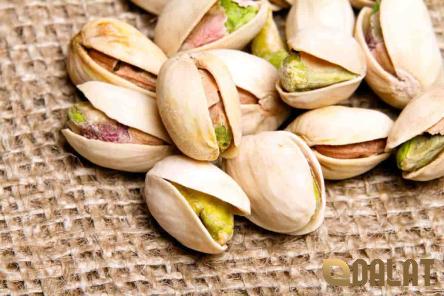 Here are some of the health benefits associated with these nutrient-packed nuts: 1. Heart Health: Pistachios are renowned for their heart-healthy properties. They contain monounsaturated fats, which can help lower cholesterol levels and reduce the risk of heart disease. The high levels of antioxidants, such as lutein and zeaxanthin, also play a role in protecting the heart from oxidative stress. 2. Weight Management: Despite being calorie-dense, pistachios have a unique nutritional profile that can aid in weight management. The combination of protein, fiber, and healthy fats helps promote satiety, preventing overeating and snacking between meals. 3. Blood Sugar Control: Pistachios have a low glycemic index, meaning they have a minimal impact on blood sugar levels. As a result, they can be a beneficial snack option for individuals with diabetes or those looking to regulate their blood sugar levels. 4. Gut Health: The fiber content in pistachios supports digestive health by promoting regular bowel movements and feeding beneficial gut bacteria. This can contribute to a healthy gut microbiome and overall digestive function. Culinary Uses: Pistachios in their fresh form can be incorporated into a wide range of culinary creations, adding a delightful crunch and nutty flavor to both savory and sweet dishes. Here are some creative ways to enjoy pistachios in your kitchen: 1. Snack Time: Enjoying a handful of pistachios on their own is a simple yet satisfying way to curb cravings and boost your energy levels throughout the day. Opt for unsalted pistachios to keep sodium intake in check.
Here are some of the health benefits associated with these nutrient-packed nuts: 1. Heart Health: Pistachios are renowned for their heart-healthy properties. They contain monounsaturated fats, which can help lower cholesterol levels and reduce the risk of heart disease. The high levels of antioxidants, such as lutein and zeaxanthin, also play a role in protecting the heart from oxidative stress. 2. Weight Management: Despite being calorie-dense, pistachios have a unique nutritional profile that can aid in weight management. The combination of protein, fiber, and healthy fats helps promote satiety, preventing overeating and snacking between meals. 3. Blood Sugar Control: Pistachios have a low glycemic index, meaning they have a minimal impact on blood sugar levels. As a result, they can be a beneficial snack option for individuals with diabetes or those looking to regulate their blood sugar levels. 4. Gut Health: The fiber content in pistachios supports digestive health by promoting regular bowel movements and feeding beneficial gut bacteria. This can contribute to a healthy gut microbiome and overall digestive function. Culinary Uses: Pistachios in their fresh form can be incorporated into a wide range of culinary creations, adding a delightful crunch and nutty flavor to both savory and sweet dishes. Here are some creative ways to enjoy pistachios in your kitchen: 1. Snack Time: Enjoying a handful of pistachios on their own is a simple yet satisfying way to curb cravings and boost your energy levels throughout the day. Opt for unsalted pistachios to keep sodium intake in check.
…
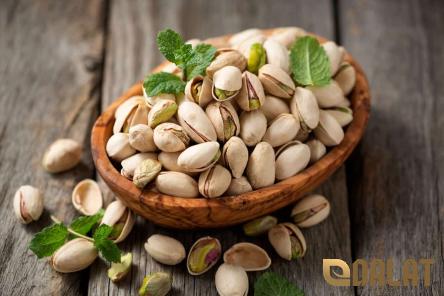 2. Salad Toppings: Sprinkle chopped pistachios over salads to add texture, flavor, and a nutritional boost. They pair well with leafy greens, fruits, cheese, and vinaigrettes, creating a harmonious balance of flavors and textures. 3. Baking: Pistachios can elevate your baking game by adding a nutty richness to cookies, cakes, muffins, and bread. Chopped pistachios can be folded into batters or sprinkled on top of baked goods for a visually appealing finish. 4. Pesto and Sauces: Blend pistachios with fresh herbs, garlic, olive oil, and Parmesan cheese to create a vibrant pistachio pesto. This versatile sauce can be drizzled over pasta, spread on sandwiches, or used as a dip for vegetables. 5. Ice Cream and Desserts: Pistachios are a classic ingredient in ice cream, adding a nutty undertone and vibrant green color to this frozen treat. You can also use pistachios to garnish desserts like tarts, puddings, and parfaits for a crunchy contrast. Storage and Enjoyment: To preserve the freshness and flavor of pistachios, it’s important to store them properly. Unshelled pistachios can be stored in a cool, dry place away from direct sunlight for up to a few months. Shelled pistachios should be kept in an airtight container in the refrigerator to prevent them from turning rancid. When enjoying pistachios, be mindful of portion sizes to avoid excessive calorie intake. A serving size of pistachios is typically about 1 ounce (28 grams), which equates to roughly 49 kernels. Take the time to savor each nut and appreciate the unique flavor profile that fresh pistachios offer.
2. Salad Toppings: Sprinkle chopped pistachios over salads to add texture, flavor, and a nutritional boost. They pair well with leafy greens, fruits, cheese, and vinaigrettes, creating a harmonious balance of flavors and textures. 3. Baking: Pistachios can elevate your baking game by adding a nutty richness to cookies, cakes, muffins, and bread. Chopped pistachios can be folded into batters or sprinkled on top of baked goods for a visually appealing finish. 4. Pesto and Sauces: Blend pistachios with fresh herbs, garlic, olive oil, and Parmesan cheese to create a vibrant pistachio pesto. This versatile sauce can be drizzled over pasta, spread on sandwiches, or used as a dip for vegetables. 5. Ice Cream and Desserts: Pistachios are a classic ingredient in ice cream, adding a nutty undertone and vibrant green color to this frozen treat. You can also use pistachios to garnish desserts like tarts, puddings, and parfaits for a crunchy contrast. Storage and Enjoyment: To preserve the freshness and flavor of pistachios, it’s important to store them properly. Unshelled pistachios can be stored in a cool, dry place away from direct sunlight for up to a few months. Shelled pistachios should be kept in an airtight container in the refrigerator to prevent them from turning rancid. When enjoying pistachios, be mindful of portion sizes to avoid excessive calorie intake. A serving size of pistachios is typically about 1 ounce (28 grams), which equates to roughly 49 kernels. Take the time to savor each nut and appreciate the unique flavor profile that fresh pistachios offer.
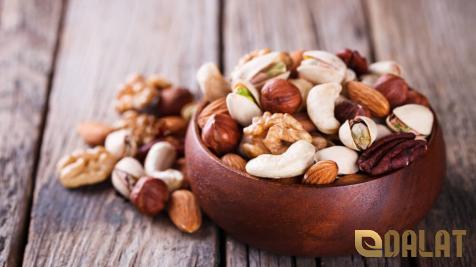

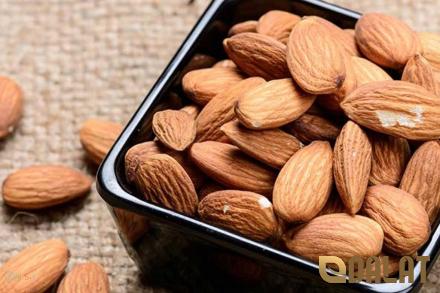
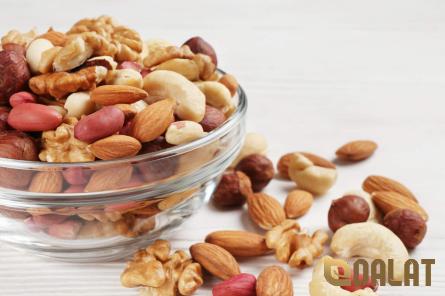
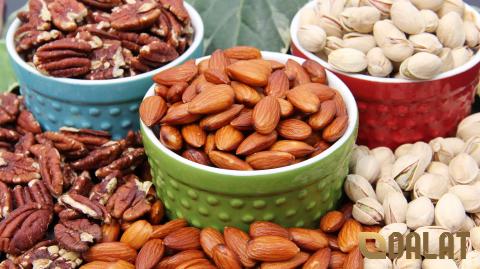
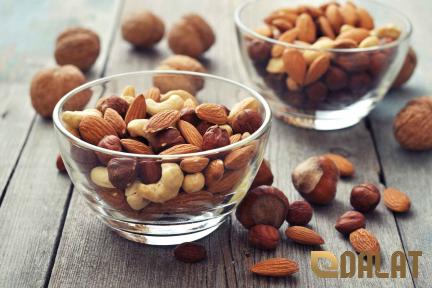
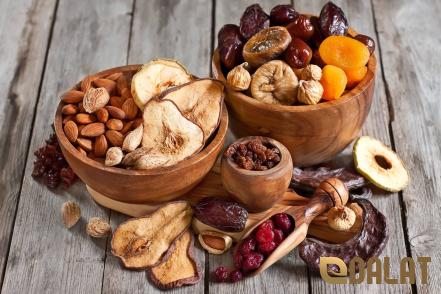
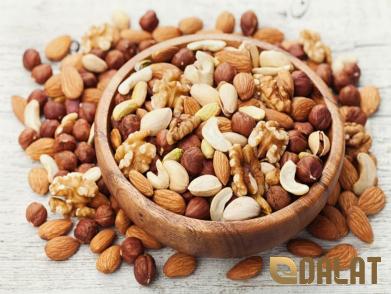
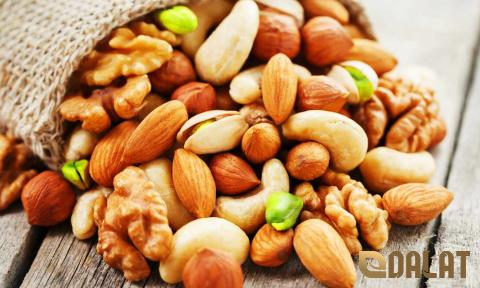
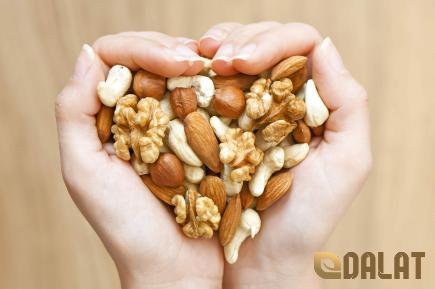
Your comment submitted.